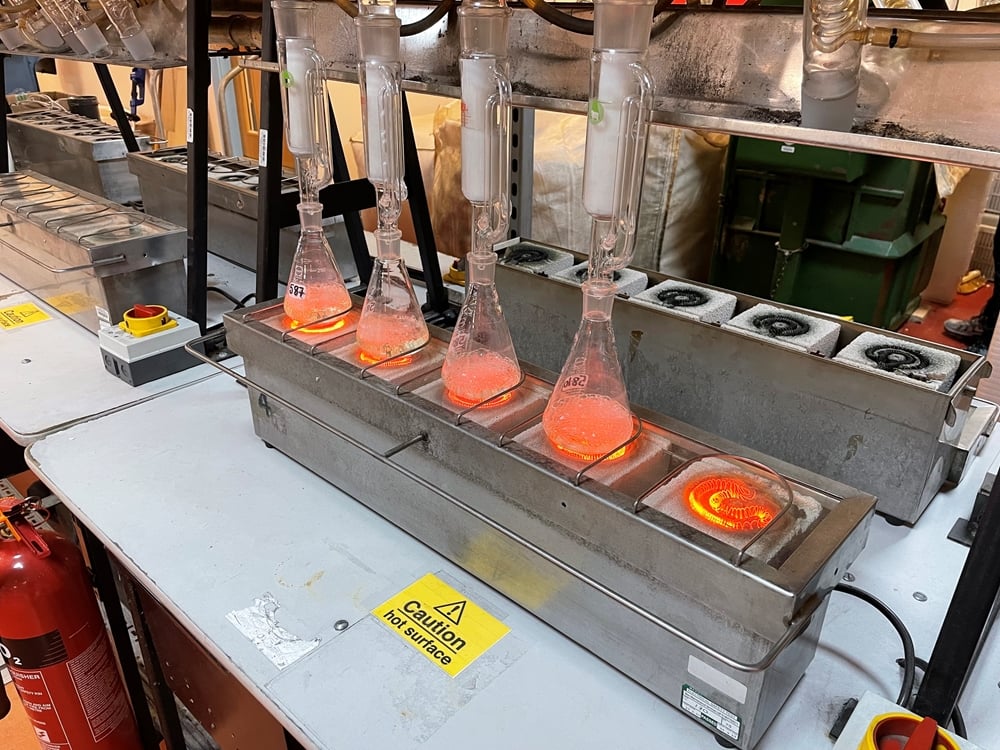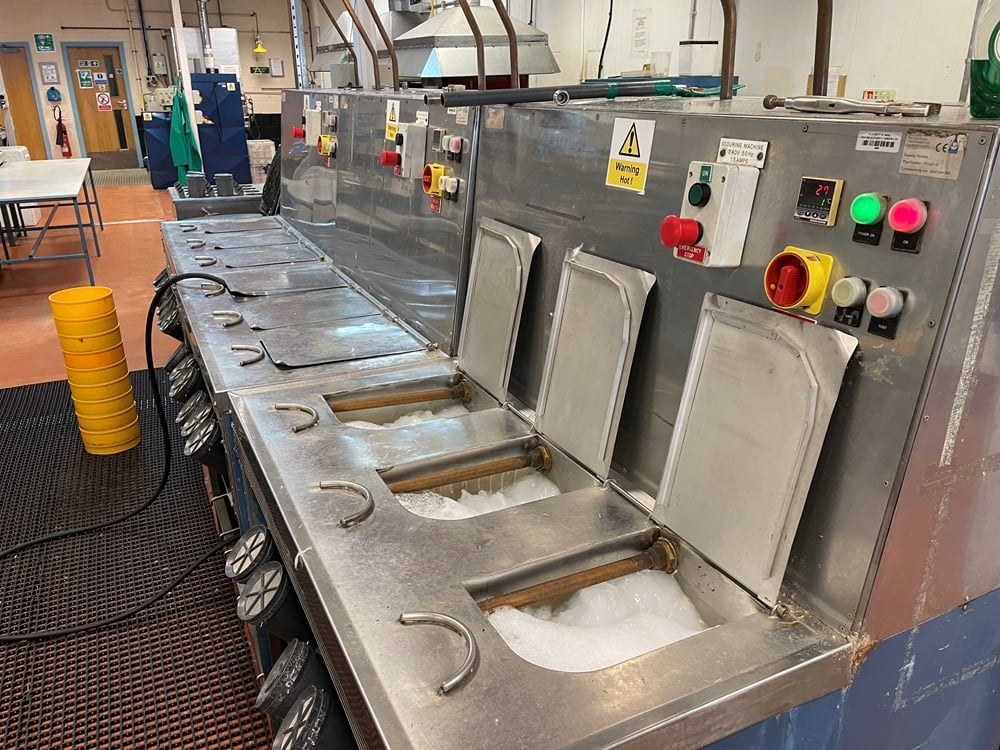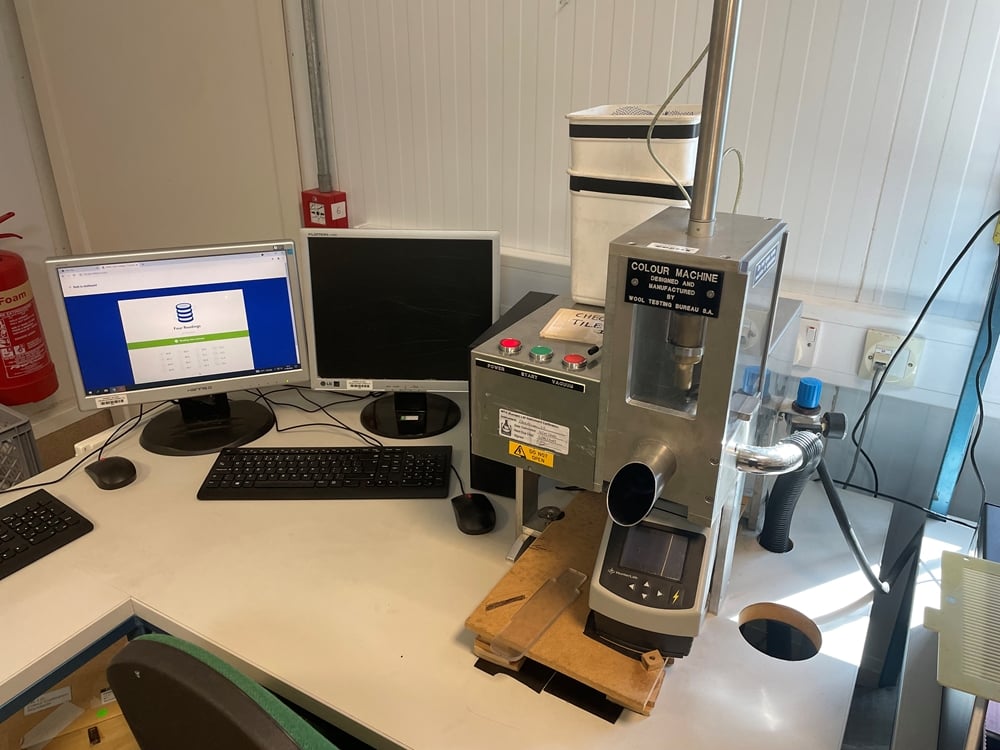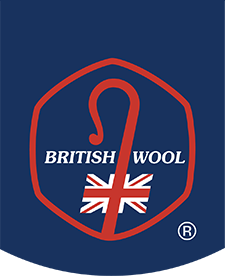Wool Testing Authority – testing the quality of British wool
Established in 2004, the Wool Testing Authority (WTA) are based in Caernarfon, North Wales and are responsible for the testing of British wool. WTA are the only accredited testing house in the Northern Hemisphere.
Without testing and certifying British wool, we would not be able to maximise the value of your wool at auction and in many instances, would not be able to export wool from the UK without the certification.
Every auction bale is core sampled before it goes to auction. Testing the wool to international standards gives the buyers confidence in the high quality of British wool and in the product they are buying.
On arrival at WTA, the wool sample is weighed and then scoured - the same process as a scouring plant which gives the weight of the wool, the expected yield, once all grease and other vegetable matter has been removed. Vegetable matter can not only be seeds or bracken but also string, plastic or foreign bodies present in a fleece. In last month’s Graze we talked about presenting your fleece, this is even more evident when you see the samples in the lab as there are things that could be done to reduce vegetable matter in some fleeces.
The second process is to test the mean fibre diameter which gives the wool its micron score which determines the fineness of the fibre. This process is conducted in a temperature controlled laboratory to ensure the accuracy of the result. The difference between 0.5 of a micron can significantly increase the value of your wool. UK wool is on average between 29 and 35 microns with a finer micron wool being used in the textile industry which commands the highest price at auction.
WTA can also measure the break point of the staple – any stress or health issues experienced by the ewe during the year of fleece growth can be shown in the quality of the staple.
Finally, the wool sample is tested for colour using a spectrophotometer that identifies true colour and brightness - the whiter the wool the higher the value.
For more information on wool testing please visit www.wtaeurope.com
 Wool Testing Authority Laboratory
Wool Testing Authority Laboratory  Wool Testing Authority scouring wool samples
Wool Testing Authority scouring wool samples Wool Testing Authority Colour testing
Wool Testing Authority Colour testing
